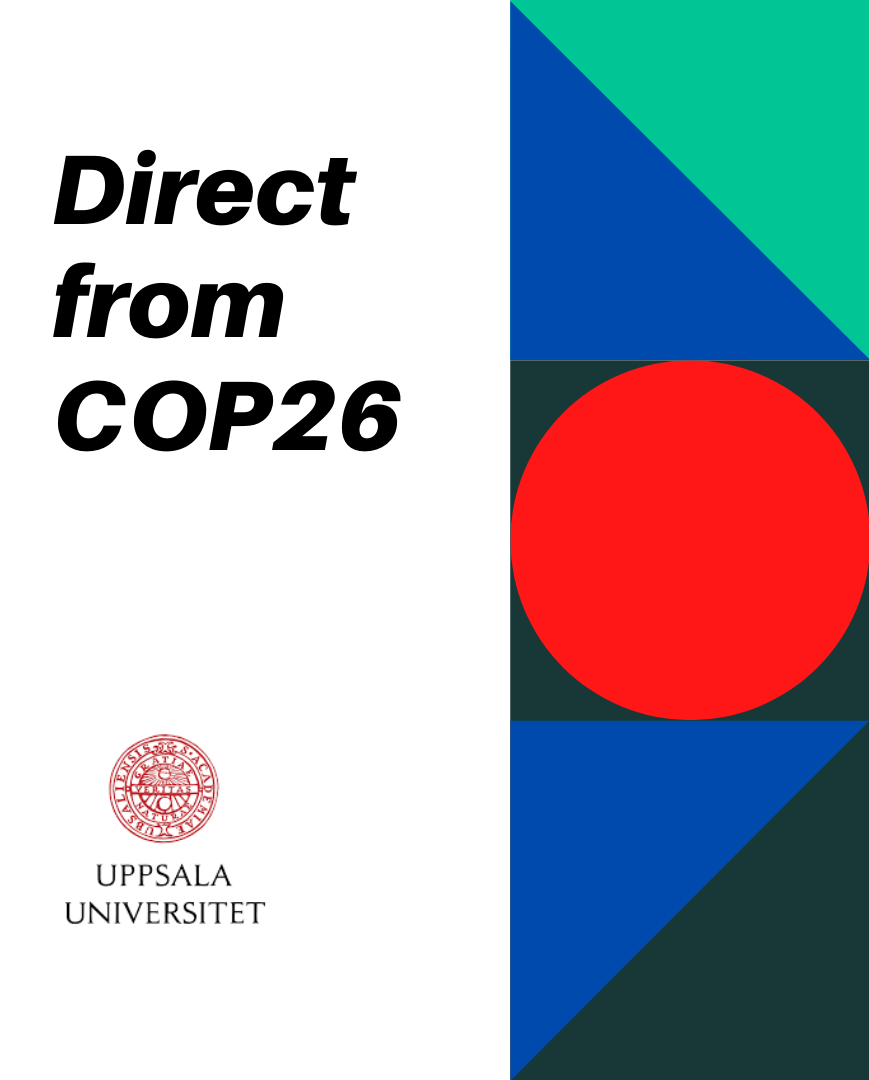New report breaks down ten key insights from Earth Systems Science that every climate change negotiator at COP26 needs to know. Read the noted bulletin, watch Johan Rockström’s presentation below, or read the full report:
- 1.5 temperature change limit remains possible, but overshoot is likely. At a minimum we need a global reduction of 2 gigatons of CO2 per year ( or 5%) starting now. For a 66% chance of limiting temperature rise to 1.5 degrees we need 4 gigatons reduction starting this year. Current annual rates are 42 gigatons per year.
- Methane and Nitrous Oxide are worsening globally. Climate models suggest we need a rate of reduction of these gasses at the same rate as CO2. Paradoxically, air pollutants are currently cooling the planet or “camoflaging” some global warming.
- We have entered the age of “Mega Fires”, a global warming amplifier.
- Risk levels of tipping points have been lowered to between 1.5 and 2 degrees of warming. Tipping points are thresholds of climate changes that lead towards cascading effects of climate change or irreversible changes in earth systems.
- Climate justice is key: “The richest 1% must reduce emissions by a factor of 30, the poorest 50% can increase emissions by a factor of 3 to remain within the global carbon budget.”
- Behavioural change includes not only electrification and transition of societies but also 1.5 degree lifestyles. Lifestyle and behaviour change is overlooked in negotiations.
- Political sciences give insight into policy measures for carbon pricing that can increase and ramp up transition. Only 22% of global carbon emissions are covered by a price. (Read more on this)
- Robust, resilient nature-based solutions are critical for the Paris Agreement, but off-setting measures should not be accounted for twice in carbon budgets.
- Ocean protection is critical not only for limiting climate change but also for other conservation agendas. Oceans face multiple threats today.
- Costs and benefits of mitigation need to account for the Health impacts of emissions and pollution today.

